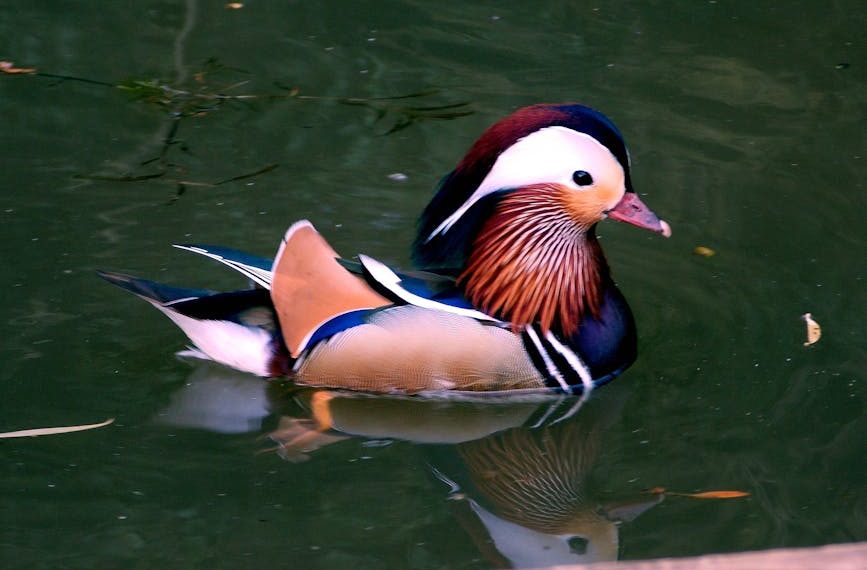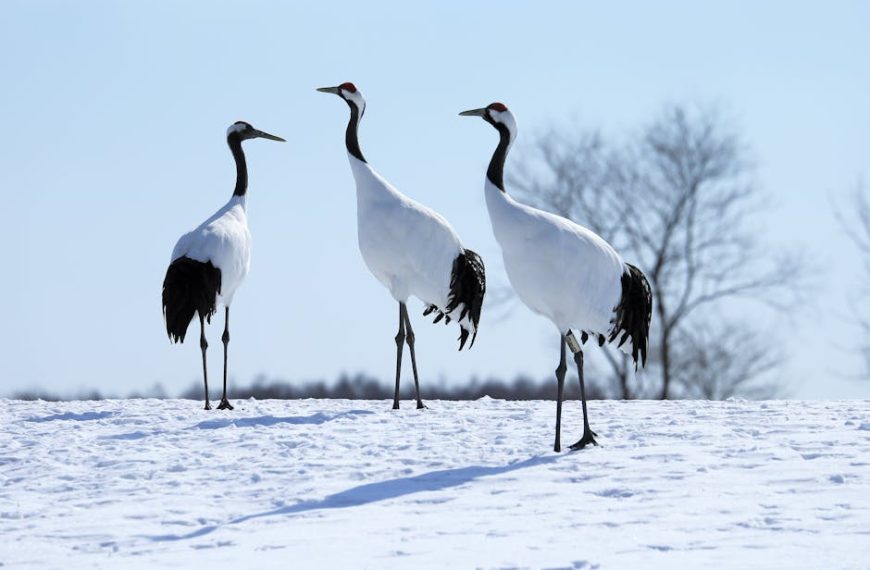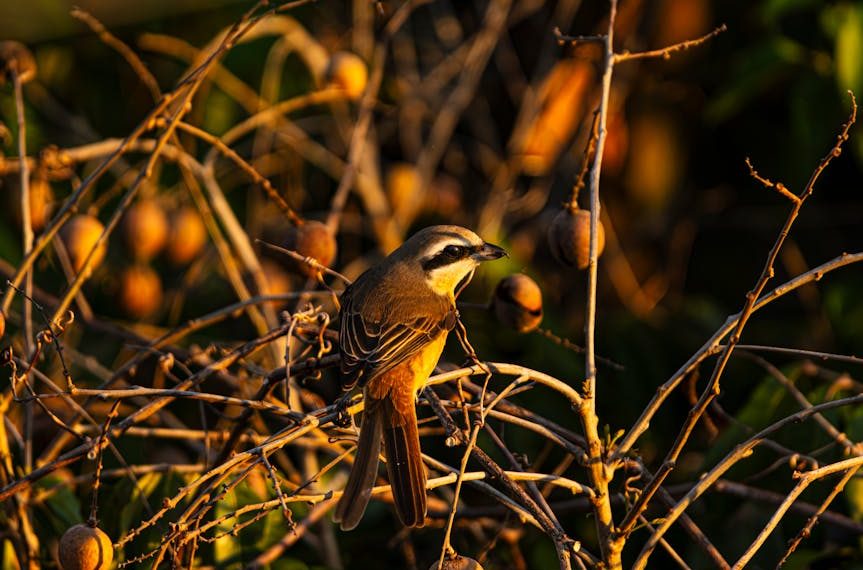Birds of prey have garnered human fascination for centuries, embodying a blend of grace and power that’s both admirable and intimidating. Birds that prey on reptiles, particularly lizards, display an array of unique behaviors, physical adaptations, and ecological roles entrenched in nature’s intricate web of survival. By delving into these bird-prey dynamics, one not only unravels the artistry of nature, but also uncovers the delicate balance required to maintain biodiversity.
Understanding the Food Chain: Bird-Prey Dynamics
Birds of prey occupy a crucial position in the food chain, acting as predators that control the population of their prey species. Birds that prey on lizards are particularly interesting due to their distinct hunting behaviors and dietary preferences. These avian predators, which include kestrels, eagles, and certain owls, are equipped with adaptations that allow efficient hunting and consumption of reptiles.
The hunting techniques employed by these birds are remarkably varied, based on the reptile species at hand. Camouflage lizards might require a keen-eyed bird to spot them among leafy vegetation, while speedy lizards may challenge the bird’s hunting abilities to a high-speed chase.
Various regions present different dynamics in this bird-reptile interplay. In arid regions, for instance, reptiles form a substantial part of the diet for many birds due to the scarcity of other food sources, whereas in tropical places, where fauna diversity is higher, birds may opt for a more diverse diet.
Anatomy and Behavioral Adaptations of Birds Preying on Lizards
Specific anatomical traits place these avian predators at an advantage when hunting lizards. Birds are generally blessed with strength, speed, and high visual acuity, but those preying on lizards often possess particularly sharp talons for gripping and tearing at their prey, and hooked beaks designed to rip off chunks of meat.
The behavioral repertoire of these birds is equally fascinating, ranging from stalking and ambushing to diving at high speeds. Species like the short-toed eagle primarily soar at high altitudes, using their keen sight to spot lizards before swooping down to seize them. Conversely, the forest-dwelling goshawk relies on stealth, navigating through dense vegetation to ambush unsuspecting prey.
These characteristics aren’t always discernable to the untrained eye, but there are signs that dedicated bird-watchers may identify. Look for behaviors, such as frequent ground scanning—which indicates that the bird is likely hunting for terrestrial reptiles—or raptor species frequently found perched on high vantage points.
The Ecological Importance of Birds that Prey on Reptiles
The hunter-prey relationship between birds and lizards is more than a survival game: it forms a vital cog in the ecosystem machine. Predatory birds contribute significantly to controlling the population of their reptile prey, thus maintaining a balance in the food chain. Unchecked, a booming lizard population could lead to overgrazing of insects and other small organisms, disrupting equilibrium.
Overall, these avian predators are desert gardeners of biodiversity, ensuring populations are kept in check and species diversity persists. These dynamics also extend to influencing the physical environment. For example, predatory birds’ leftovers provide food for scavenger species and their droppings can enhance soil fertility.
Similarly, any shift in this predator-prey balance can have a ripple effect on the ecosystem. Loss of predatory bird species may lead to an overpopulation of their prey, while an unusually high number of predators could decimate lizard populations.
As such, documenting the roles that these bird species play in their ecosystems proves invaluable towards conservation actions. The checklist includes population control, biodiversity maintenance, and influence on physical environments, among others.
Threats and Conservation Efforts for Birds that Prey on Reptiles
The birds that prey on reptiles face several threats that have put some species at the brink of extinction. The principal issues include habitat loss due to deforestation, unsustainable hunting practices, and the acute impacts of climate change such as severe weather conditions and disruption of natural habitats.
The conservation of these species is, however, fundamental to maintaining balance in ecosystems globally. One cannot disrupt a string in the web of life without disturbing the others. The conservation and preservation efforts already in place include the monitoring of bird populations, preserving critical habitats, and regulating hunting. These efforts vary significantly across different regions, reflecting the diverse climatic, cultural, and environmental contexts that exist.
Major worldwide organizations involved in conserving these bird species include the Royal Society for the Protection of Birds (RSPB), the Bird Life International, and the World Wildlife Fund (WWF). Their projects usually involve partnerships with local communities, promoting sustainable practices that both protect the birds and benefit the community.
The Phenomenon of Co-evolution: Birds and Lizards
Birds and lizards have been engaged in a predator-prey dance for hundreds of thousands of years, leading to a phenomenon known as co-evolution. This involves reciprocal evolutionary change in species due to their ecological interaction; the predator evolves in response to the prey and the prey evolves in response to the predator. In this ongoing cycle, birds and lizards have developed a myriad of remarkable adaptations to outwit each other.
Various environmental pressures have shaped these interactions over generations. For instance, in a bid to escape predation, some lizards have developed exceptional camouflage abilities, forcing the birds to evolve keener eyesight. Some birds, on the other hand, have evolved specialized beaks to tear through the tough, scaly skins of lizards, pushing lizards to develop harder scales.
Understanding co-evolution is crucial for conservation because it helps researchers understand the intricate relationships that bind species to their environment and to each other. By appreciating how changes in one species can affect another, we can develop holistic conservation strategies that maintain the delicate balance of nature.
For those who wish to observe these dynamics in nature, consider visiting different habitats, such as forests and desert areas, where these interactions are common. Observing bird behavior, including hunting practices, and lizard defenses, can provide valuable insights into the marvels of bird-reptile co-evolution.
Key Takeaway:
- Birds that prey on lizards utilize unique hunting behaviors, physical adaptations, and dietary preferences, which contribute significantly to the maintenance of biodiversity.
- Traits such as strength, speed, sharp talons, and hooked beaks enable birds to effectively hunt lizards.
- These birds play critical ecological roles by controlling lizard populations and thus maintaining a balanced food chain.
- Threats to these birds include habitat loss, unsustainable hunting practices, and climate change impacts, necessitating conservation efforts to preserve these species and maintain ecological balance.
- Birds and lizards have co-evolved, developing adaptations to outwit each other, influenced by various environmental pressures.
Endeavor to appreciate the critical roles birds that prey on lizards play in our ecosystems and the necessity for their conservation. Let’s value the delicate balance of nature, not just for its survival, but for the richness it adds to our lives. Your understanding can shape better interactions with nature and encourage practices that promote biodiversity.
FAQs
Q: Are all species of birds capable of preying on lizards?
A: Not all birds prey on lizards. Predatory birds like eagles, hawks, and some owls have the necessary adaptations for hunting and eating lizards. Their physical traits and behaviors are specialized for this predation.
Q: How is the diet of a bird population related to its habitat?
A: The diet of a bird population is heavily influenced by its habitat. In regions where reptiles are abundant, such as arid regions, they form a significant part of birds’ diets. In areas with richer biodiversity, birds might have a more varied diet.
Q: How does bird predation affect lizard population?
A: Bird predation significantly controls the population of lizards. Without these predators, the lizard population could boom and potentially disrupt the food chain and overall ecosystem balance.
Q: Why are the conservation efforts for birds that prey on lizards important?
A: Conservation efforts are crucial to maintain biodiversity and ecosystem balance. Changes in bird population can have ripple effects on the ecosystem. By preserving these bird species, we can help maintain a healthy and balanced natural environment.
Q: Are human activities a threat to these birds?
A: Yes, human activities like deforestation and unsustainable hunting can threaten bird populations. These activities lead to habitat loss, which is a significant threat to many bird species.
Feel free to share this article and explore more fascinating posts on our site to cultivate your understanding and appreciation of the delicate ecological balance in our world.






